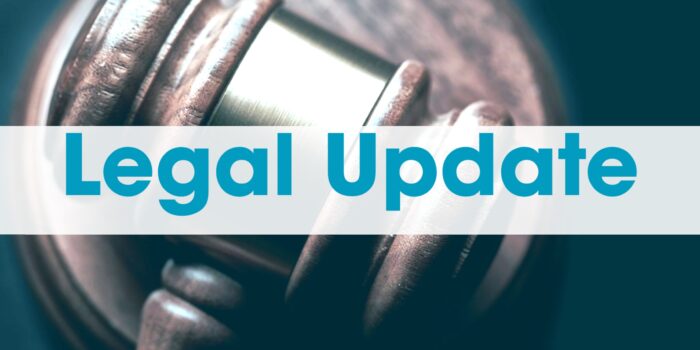16 Apr What’s in President Biden’s American Jobs Plan?
[wpseo_breadcrumb]
This proposal is the second component of the Biden Administration’s larger, three-part infrastructure package, known as the Build Back Better Plan.
The American Jobs Plan is preceded by the American Rescue Plan and will eventually be followed by the American Families Plan. While the American Rescue Plan is currently providing direct relief to individuals and businesses affected by the COVID-19 pandemic, the American Jobs Plan is intended to help revitalize the national economy for years to come.


 At the end of March 2021, President Joe Biden
At the end of March 2021, President Joe Biden  On March 29, 2021, the Internal Revenue Service issued
On March 29, 2021, the Internal Revenue Service issued 